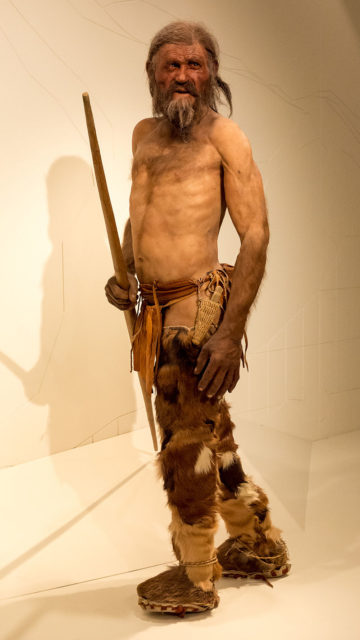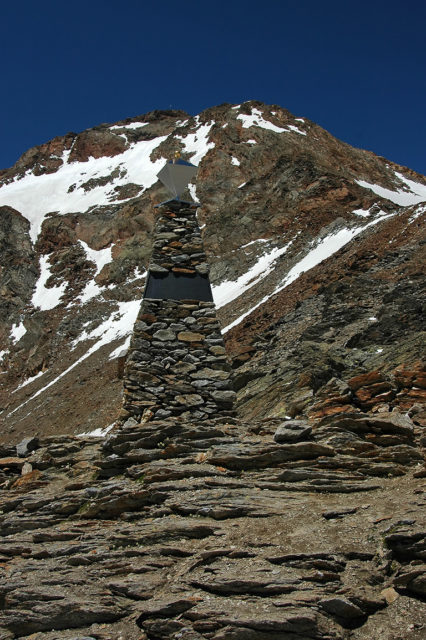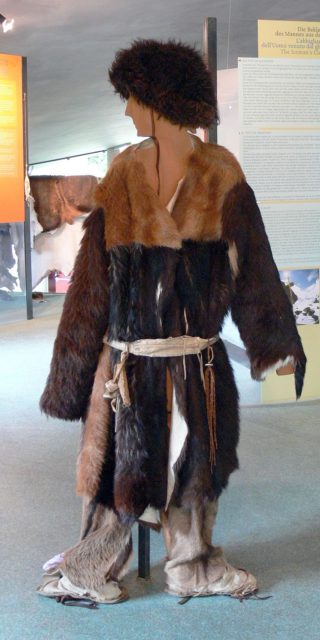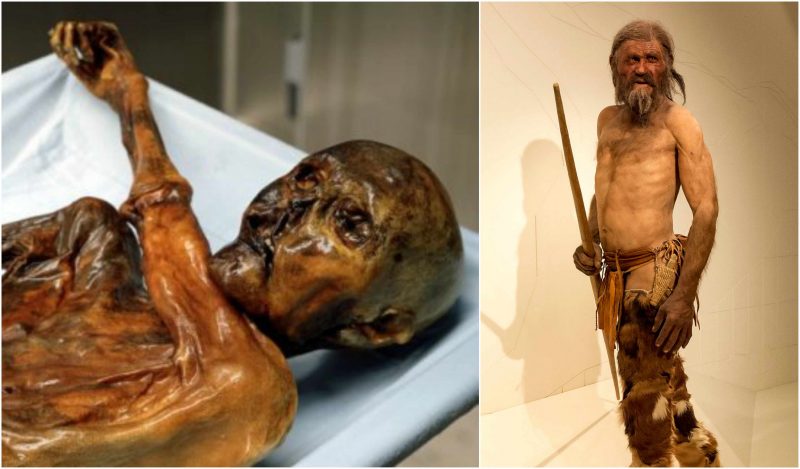They say technology has made leaps and bounds in the past few years, and now it may help give a voice to a man who has been dead for about 5,300 years. Ötzi the Iceman had met a violent end in the Austrian Alps, and after the discovery of his frozen body in 1991, scientists have been poking and prodding in order to learn more about early humans.
Recently, scans of the Bronze Age man’s corpse have been analyzed by researchers to get an idea of what his voice may have sounded like. A sophisticated software is used to model the noise that his voice box would have produced. A synthesizer will produce speech.

The lead researcher is Rolando Fustos, a laryngologist at the San Maurizio Hospital in Bolzano. As he told the Alto Adige newspaper, “Through the development of the CT scan images performed on Ötzi, it has been possible to produce a fairly reliable determination of his ‘sound-board’.”
Fustos’s team includes scientists from the University of Padua; they are currently working on developing sound files used not only for research, but also as part of the exhibition at the Iceman Institue in Bolzano. The physical information regarding Ötzi’s throat gathered by the researchers is being combined with data about how this would impact the acoustic energy from the voice box.

Ötzi the Iceman was originally discovered trapped in a glacier in South Tyrol, Austria by German hikers. Thanks to the studies and tests undertaken, we have a relatively complete picture of what he was like while he lived and what life was like in general during the Bronze Age.
He was named Ötzi because he was found in the Oetz Valley. Currently, he is being stored in a specially-designed cold storage chamber at South Tyrol Museum of Archaeology in Italy, at a constant temperature of -6°C (21°F). Viewers can peer at the mummy through a small window. Alongside his remains is a new Ötzi model that was created using 3D images and forensic technology by two Dutch artists – Alfons and Adrie Kennis.

Measuring 5 foot 2 inches tall, Ötzi was 46 when he died. He had brown eyes and was very likely to be lactose intolerant. Had he lived long enough, he might have developed heart disease, as his genes predisposed him to it. Researchers examined the contents of his stomach and found that his last meal was venison, barley soup, bread, and ibex meat. The Iceman was alive during the Copper Age and his death was a bloody one.
At the time of his death, he was infected with whipworm, a type of intestinal parasite, and suffered from arthritis. Researchers also found the common bacteria Helicobacter pylori. This was especially important find because Helicobacter pylori has previously helped to shed light on patterns of mass migrations.
So, how did he die? It was initially thought that he froze to death in a blizzard, but CT scans have revealed that he died violently. A flint arrowhead located in his shoulder had ruptured a key blood vessel. Other than that, Ötzi’s body bears cuts and broken bones. Researchers believe that he was either a hunter or a warrior who was killed in a skirmish with a rival tribe. This explains the bow, quiver of arrows, and copper ax found with his body.

Recent research has been focused on the DNA in the nuclei of Ötzi’s cells, which could yield further insights into his life.
In 2012, after analyzing Ötzi’s Y chromosomes, scientists found that Ötzi’s paternal genetic line is still present in modern populations. Y chromosomes are transmitted from fathers to sons. Furthermore, another study shows that the Iceman’s parents apparently belonged to families that were from very different areas of Europe. His mother’s line appears to from an Alpine family, and his father’s line comes from a line found in Sweden and Bulgaria.

Additional CT scans of Ötzi’s body are being used to print a 3D replica of his body, including the 61 tattoos across his skin. The tattoos were discovered by using different wavelengths of light, which allowed scientists to spot them against the mummy’s darkened skin. Late last year, these tattoos were confirmed to be the world’s oldest. This was a record previously held by an unidentified South American Chinchorro mummy with a mustache-like tattoo on its face. That mummy had died around 4000 BC, while Ötzi was killed around 3250 BC.
Researchers can’t say precisely why Ötzi had the tattoos, but many think that they served as a form of acupuncture. Whatever the reason, the tattoos are authentic. “We know that they were real tattoos,” said Albert Zink, head of the Institute for Mummies and the Iceman in Bolzano.
The method for tattooing was slightly different than the method used today. Instead of a needle, the tattoo artist made incisions onto the skin, then a mixture of charcoal and herbs was pressed into the cut.

The locations of the tattoos lend to the acupuncture theory. They are mostly found on the lower back and legs, between the knee and foot. They might have been applied as a way to combat chronic pain – Ötzi was thought to have done a lot of walking in the Alps, thus putting a lot of strain, resulting in joint pain, in his knees and ankles. The 61st tattoo is a bit of a mystery, as it is located on his ribcage.
It could be, researchers suggest, that the Iceman suffered from chest pain. If the tattoos were not for pain management, then they could have had symbolic or religious significance.
